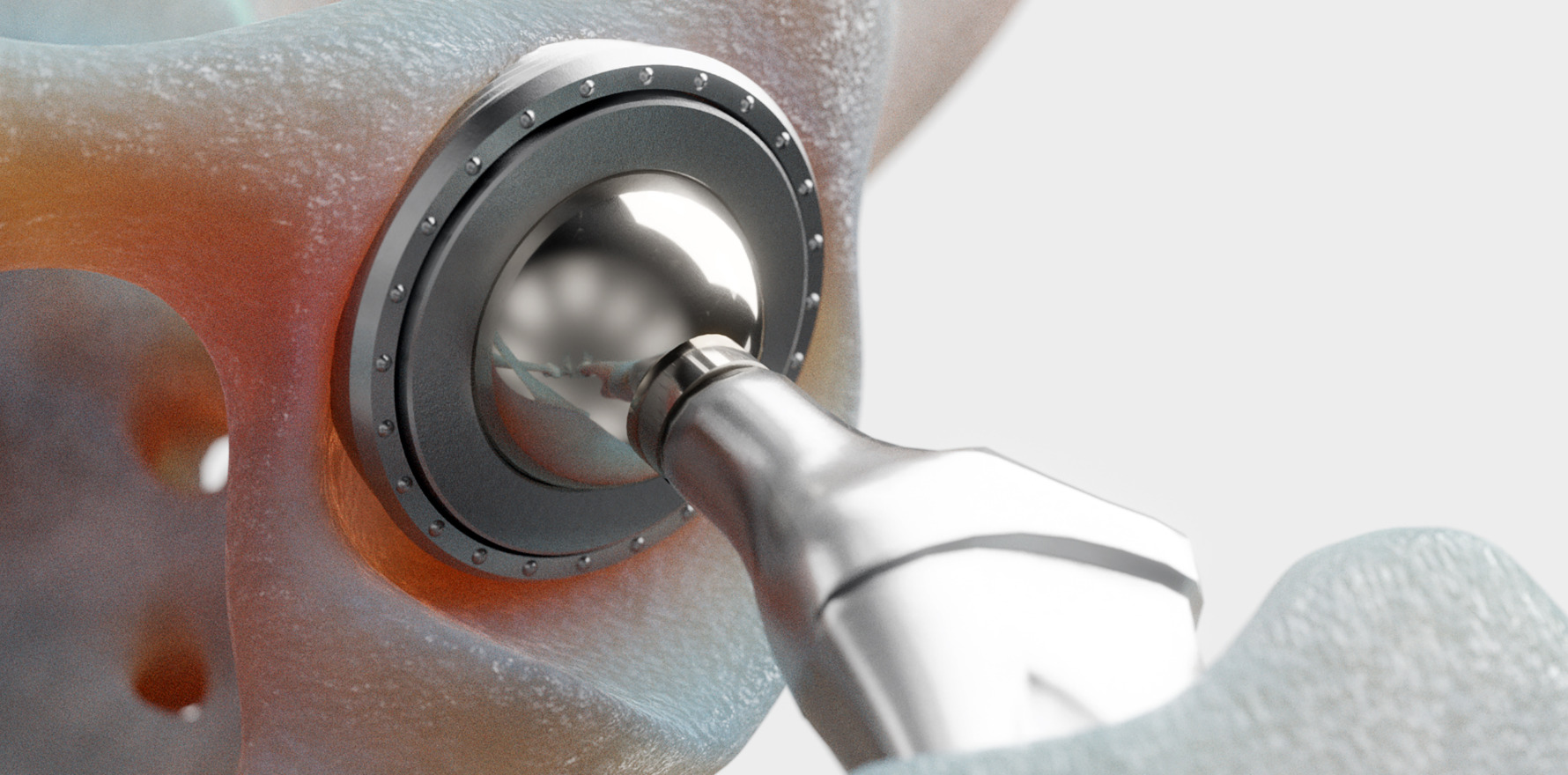A divorce seems likely, after a historic failure to reach a funding agreement. And nib is cross about it being a public tiff.
Weighing in on the breakdown of negotiations between St Vincent’s and private insurer nib, AMA President Professor Steve Robson said it was patients who would suffer if the very public break-up wasn’t fixed.
St Vincent’s – which operates 10 private hospitals in Victoria, NSW and Queensland – is set to cut ties with nib by 3 October, a first in St Vinnie’s167-year history, after contract negotiations broke down.
According to Australia’s largest not-for-profit health and aged care provider, nib “closed the door” on proposals for a funding agreement that recognised the increasing cost of providing care and had not brought a fair offer to the table.
“These disputes undermine the confidence that Australians have in private health insurance arrangements, particularly as we continue to see significant premium increases at a time people are facing significant cost-of-living pressures,” Professor Robson said.
He also renewed calls for an independent private health system authority to keep the sector in check.
“In the meantime, the AMA urges the two parties to reach an agreement for the sake of patients.”
Patients using nib as their private health insurer may be required to pay higher out-of-pocket costs for their care at St Vincent’s private hospitals if an agreement is not reached in the next 64 days.
St Vincent’s CEO Chris Blake said the negotiations with nib forced the healthcare provider’s hand, leaving the organisation with no other option.
“This is not a decision we take lightly,” said Mr Blake.
“This is the first time in our 167-year history that St Vincent’s has given notice to a private health fund that we intend to end our agreement.”
While nib’s profits doubled from 2021-22 to 2022-23, reaching a net profit of $2.1 billion, private hospitals are facing rising costs and closures.
Amid this “private healthcare crisis”, Mr Blake said insurers needed to meet hospitals on an even playing field.
“In 2023, St Vincent’s electricity costs were $6.5 million. In 2024, we expect them to end up closer to $12 million – almost double,” he said.
“Over the last five years, more than 70 private hospital services have closed.
“For private healthcare to operate effectively, health funds and hospitals need to work together, and on an even playing field, for the benefit of our members and patients.”
Related
In March, the federal health minister Mark Butler used ministerial powers to block a 6% rise in health insurance premiums, instead approving a 3.03% rise.
Mr Blake said St Vincent’s wanted to work with nib to keep premiums affordable but had to balance that with covering rising costs, to continue to provide quality care.
“We still hope that nib sees sense and comes to the table during the notice period and puts a fair and constructive proposal forward,” he said.
“But for the sustainability of our organisation – and to provide certainty for our people and patients in an incredibly difficult operating environment – we have no choice to plan for a future where they don’t.”
In response, nib reassured its members that negotiations would continue, as would their usual cover until at least 3 October.
“nib has a long partnership with St Vincent’s, is sympathetic to St Vincent’s financial position, and that of other private hospitals, and has made a very fair and reasonable offer to St Vincent’s,” said nib chief executive and managing director Mark Fitzgibbon.
“It’s disappointing they have elected to argue their position publicly, but we will continue discussions with them, noting our partnership has several months remaining.”
If the agreement is terminated, treatment started before 3 October would be covered until discharge. Rehabilitation, mental health, oncology, and renal services started on or before 3 October would be covered until April 2025, said the insurer.
Catholic Health Australia, of which St Vincent’s is a member, hit back at the “hugely profitable insurer” for “putting the squeeze” on patients and hospitals.
“This year nib had one of the highest premium increases at 4.1%, yet in 2022–23 only returned 79% of premiums back to patients — well short of the industry’s 90% gold standard and the lowest of the major insurers,” said CHA director of health Policy Dr Katharine Bassett.
“It is totally unacceptable for insurers to put the squeeze on patients and hospitals while increasing their large profit margins and bank balances.
“Our not-for-profit hospitals are at breaking point, with funding from insurers failing to keep up with the soaring cost of things like food, energy and equipment.
“Today St Vincent’s is rightly taking a stand against insurer power and greed. Other hospitals may need to do the same.”





